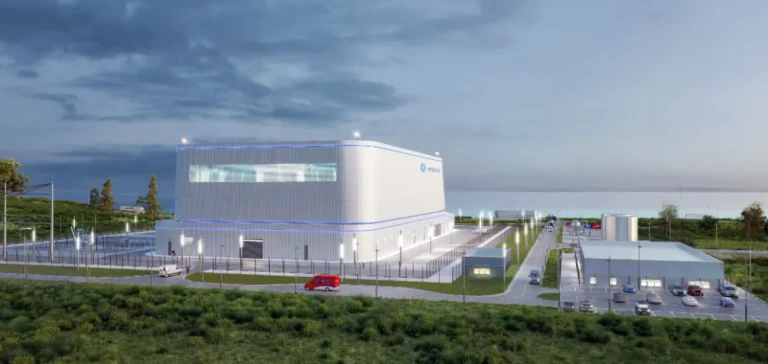Financial group JPMorganChase & Co has unveiled a ten-year, $1.5tn plan to support strategic sectors vital to the US economy, with a strong focus on nuclear energy, critical minerals, cybersecurity, and advanced manufacturing. This programme, named the Security and Resiliency Initiative, will include up to $10bn in direct equity investments in companies considered essential to national security.
A strategy based on four industrial pillars
The initiative is structured around four key areas: supply chain and advanced manufacturing, defence and aerospace, energy independence and resilience, and frontier strategic technologies. In the energy field, JPMorganChase highlights electricity generation using next-generation nuclear technology as a priority sub-sector to address the growing energy demands driven by artificial intelligence.
The plan also includes support for areas such as energy storage, grid resilience, distributed energy, and solar power. The initial list of 27 sub-sectors may be revised over time to reflect shifting industrial priorities.
Strengthening economic sovereignty amid global vulnerabilities
Amid geopolitical tensions impacting supply chains, the bank aims to foster targeted reindustrialisation. “It has become painfully clear that the United States has allowed itself to become too reliant on unreliable sources of critical minerals, products and manufacturing,” said Jamie Dimon, Chairman and Chief Executive Officer of JPMorganChase. He called for massive investment, reduced regulatory barriers and better alignment between education and industrial needs.
Stated goals include ensuring secure access to essential raw materials, developing energy capabilities suited to emerging technologies, and supporting domestic production of strategic components such as semiconductors. The bank also intends to advocate for public policies that promote innovation, research, development, and streamlined permitting processes.
Mobilising community and industrial partners
JPMorganChase will rely on its partner network to support companies across the targeted sectors. Beyond financing, the bank will provide advisory services, back professional training, and support workforce development to meet the skill demands of these industries.
The group, managing $4.6tn in assets as of 30 June, aims to align its operations with key economic resilience priorities while leveraging ongoing transformations in energy and technology.






















